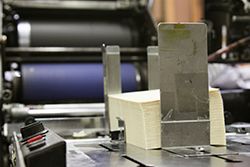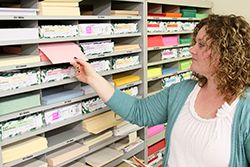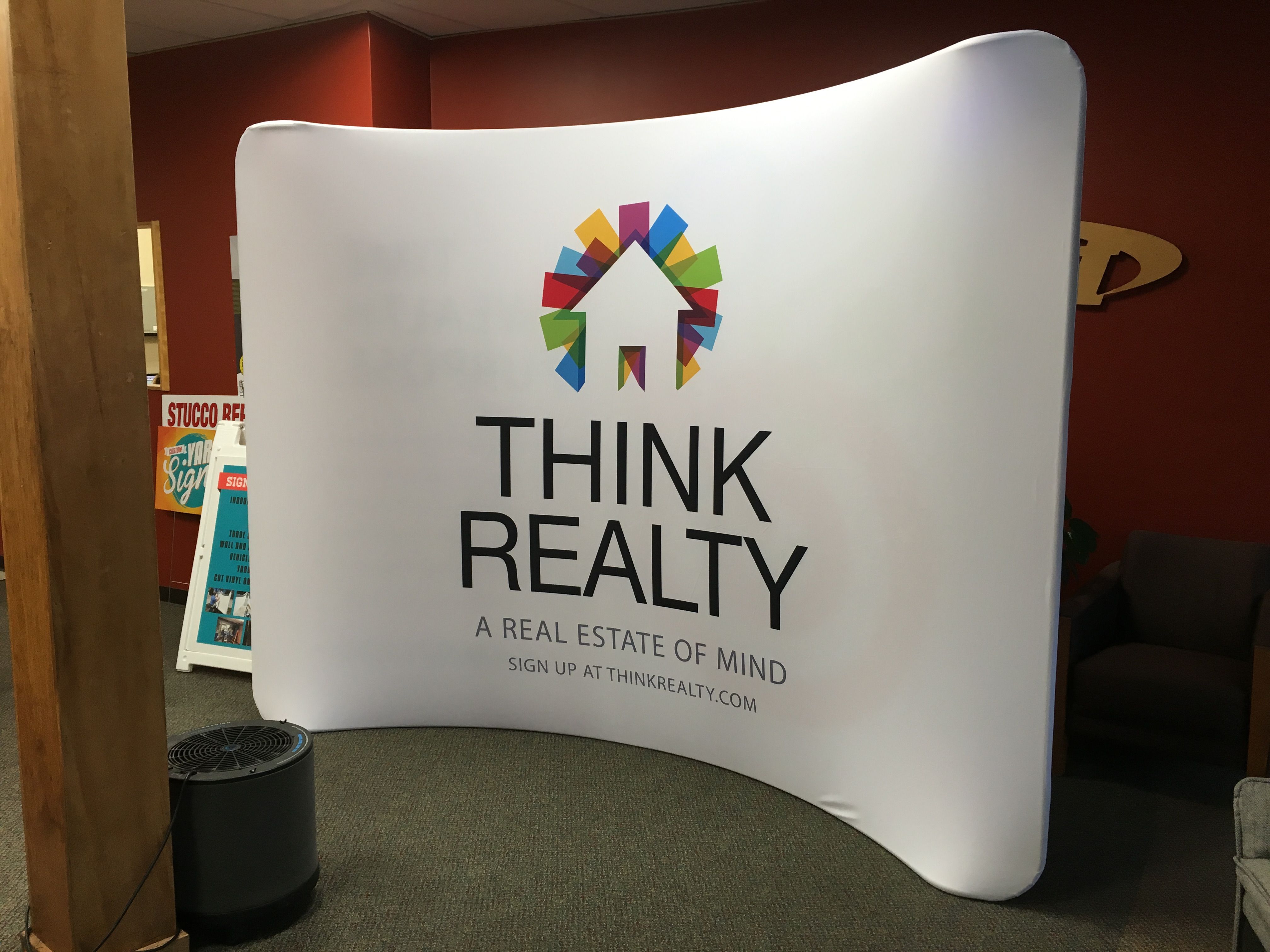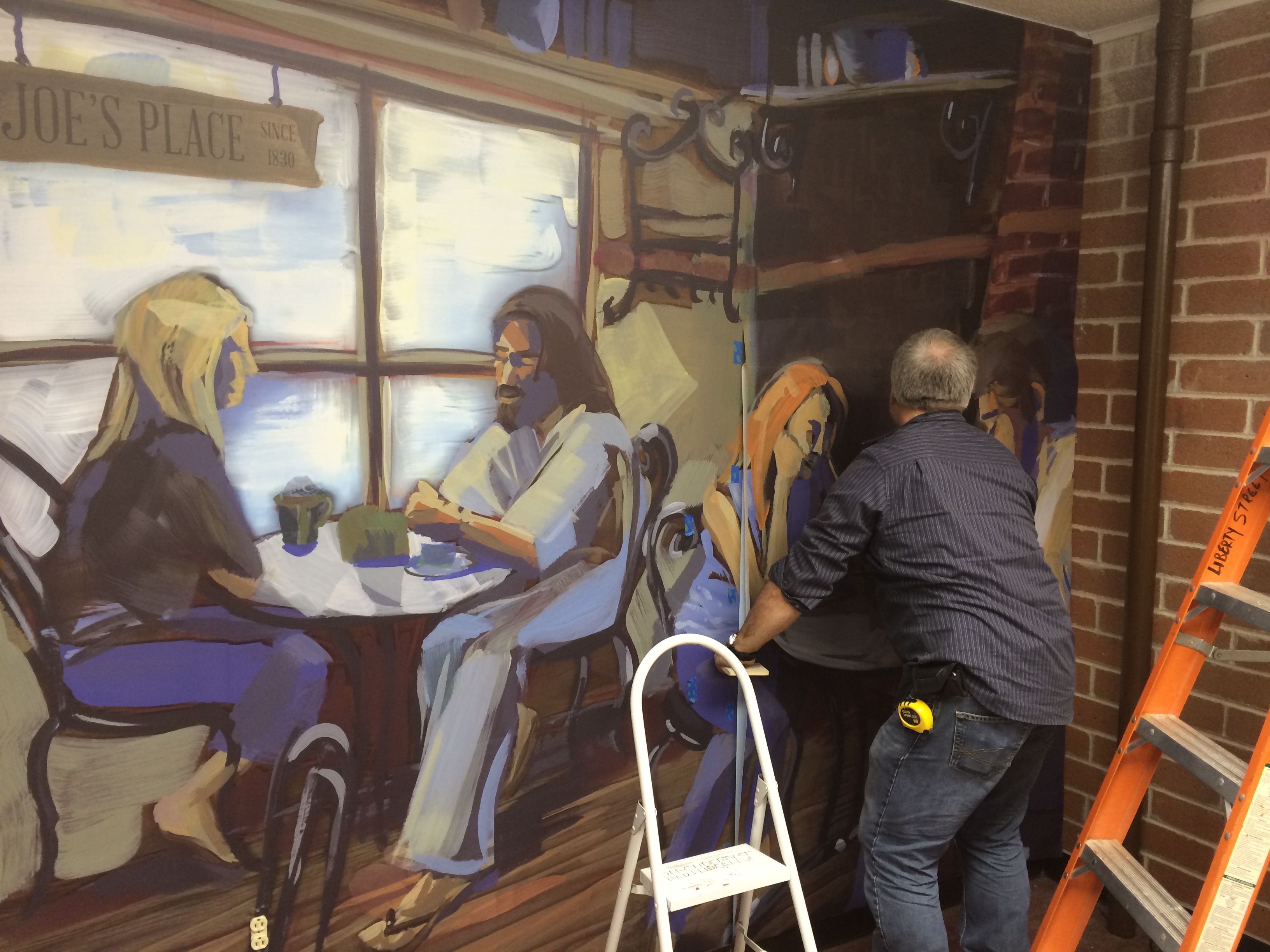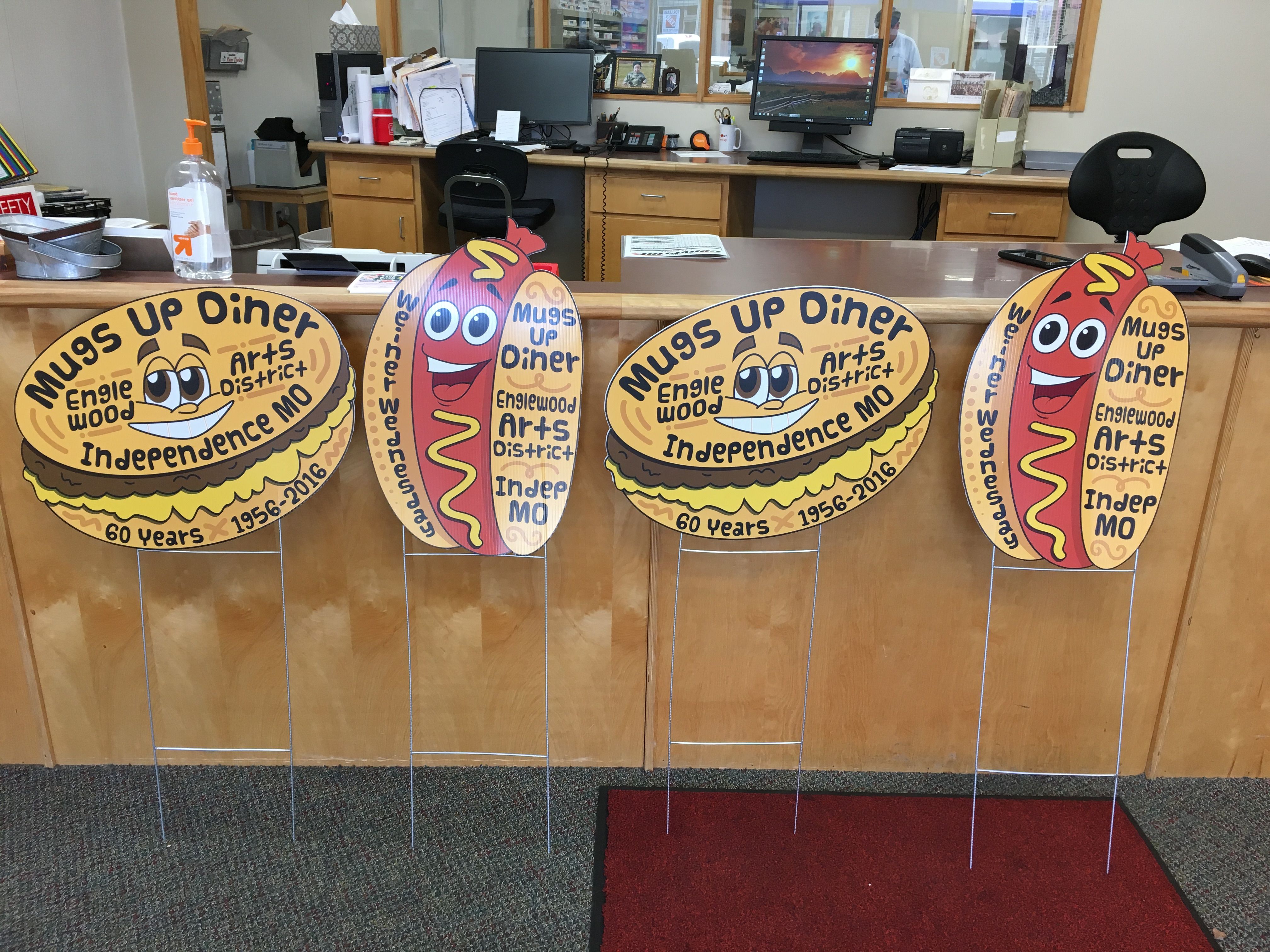
If you have questions, don't be afraid to ask. You're the expert in your field and we're the experts in ours. We are looking forward to meeting the requirements of your project.
As the name would suggest, this section is a compilation of answers to the questions our clients commonly ask. Here you'll find answers to common questions our clients ask. Just start by following one of the links below.
- Are you a “green” company?
- At what resolution should I save my photos and graphics?
- Can I edit a scanned drawing in AutoCAD?
- Can you scan and save my files to a CD?
- How do I go about getting an estimate from you?
- Is white considered a printing color?
- Once I submit the documents, how long will it take to finish my job?
- Tips on file format setups
- Tips on how to save your design files
- What are the comparative advantages of producing my job on your duplicating devices versus producing them on your presses?
- What are the ‘standard’ blueprint sheet sizes?
- What do I need to provide for variable data projects?
- What file format should I use when submitting my electronic document for printing?
- What forms of payment do you accept?
- What is a proof and why is it important that I look at it?
- What is coated paper stock?
- What is the Pantone Matching System?
- What is variable data printing?
- What kind of work does our store do?
- Why do the printed colors look different from the colors on my screen?
-
Are you a “green” company?
Absolutely! We take very seriously our role in preserving the environment and integrate numerous green practices into our daily operations. In addition to energy-efficient equipment and chemical-free technologies, we can perform many print jobs using recycled paper stock. If you would like to use recycled paper for your next print job, let us know. You’ll be pleased with the results and feel good about helping the environment, too. Look around our shop and you'll find multiple recycling containers. Look up and you will find all LED overhead lighting. Go further up and you will find 65 solar panels on our roof!!
-
At what resolution should I save my photos and graphics?
Resolution should be set to 300 dpi.
Pictures and graphics pulled from the internet are often low resolution, typically 72 dpi or 96 dpi. Avoid these graphics, as they will appear pixilated and blocky when printed.
Also note that you should save all photos in CMYK mode, not RGB mode when possible. Images saved in RGB mode may not print properly. If you are unable to save your image in CYMK mode, please let us know.
-
Can I edit a scanned drawing in AutoCAD?
Generally, no.
Without getting overly complex, AutoCAD drawings are vector images, while scans are raster images. The different image formats are not interchangeable.
It’s possible to import a scanned image into AutoCAD, but unless you are using an add-on package, your editing capabilities are very limited. There are ways to convert a TIFF to DWG, but this process can create a very large file.
-
Can you scan and save my files to a CD?
Yes. We can scan drawings and save electronic versions or copy files to a
CD. -
Well, since you are here, we would suggest you use our online estimate request form. Otherwise, the best way to ensure that we get all the information necessary to do an accurate quote is to give us a call and talk with one of our customer service representatives.
-
Is white considered a printing color?
Not typically. Because white is the default color of paper, it is simply recognized as the absence of any ink. However, when using colored paper, white ink may be used if any text or graphic requires it.
-
Once I submit the documents, how long will it take to finish my job?
Most jobs are completed in a day or two. Some jobs will take longer and some can be completed while you wait. We're fast and accurate on many jobs but most importantly we'll understand your turnaround needs and work to meet them. That's the beauty of working with a real person.
-
Tips on file format setups
Many layout programs have collecting or packaging functions that will automatically collect your document, fonts, all art including and a report. When possible, it is recommended to use these functions because without any or all of these elements we will be unable to print your postcard.
• Enclose all screen fonts and printer fonts
• Include all placed images
• Make sure your files are set with proper bleed, trim and safety areas.
BLEED: All art trimming off the edge MUST be pulled out 1/8” beyond the trim line
TRIM: This is the guideline where the card will be cut
SAFETY: All art and text within this safety area will assure that nothing will be trimmed off during the cutting process. A 1/4” guide in from the trim should work fine. -
Tips on how to save your design files
Make them print ready and acceptable for us to print.
ILLUSTRATOR:
• CMYK mode
• Embed all Images
• Convert all your text/copy to outlines
• Export as Illustrator EPS or PDFINDESIGN:
Use Package feature to collect all art and fonts
before sending files.PUBLISHER:
You will need to have the full version of Adobe Acrobat PDF. If you don’t please download and use our Adobe Job Ready Program. If you do have the full version of Adobe Acrobat PDF please follow the steps below.
Under File, Print, select Adobe PDF writer
Under Properties select Press Quality and Save your PDF -
What are the comparative advantages of producing my job on your duplicating devices versus producing them on your presses?
The advantages of our duplicating devices are best realized on runs of 1000 or less requiring black printing and where a fast turnaround is needed. If the piece included photos or halftone screens the copy quality would be lower than that achieved by the printing process. On longer runs or where multiple colors are desired, as well as when screens or halftones require higher quality, offset printing would be the best alternative. The only disadvantage of the printing process would be the longer production time requirements.
-
What are the ‘standard’ blueprint sheet sizes?
‘A’ size drawings are 8.5”x11” or 9”x12”
‘B’ size drawings are 11”x17” or 12”x14”
‘C’ size drawings are 18”x24” or 17”x22”
‘D’ size drawings are 24”x36” or 22”x34”
‘E’ size drawings are 30”x42” or 34”x44”
‘F’ size drawings are 36”x48” -
What do I need to provide for variable data projects?
We work with many types of data files, but CSV files are the safest bet. These are data files that have commas separating each field, and returns separating each line of data. To save time and hassle, make sure your data is properly formatted with each piece of data in separate fields.
Complex projects may require other files, like image files or additional data files. If you are unsure of what may be required for a particular variable project, give us a call for a free consultation.
-
What file format should I use when submitting my electronic document for printing?
PDF (Portable Document Format) is the most common and preferred file format for submitting digital documents. With the installation of a PDF print driver on your computer, virtually any program can generate a PDF file suitable for printing. Both commercial and free PDF print drivers are available online for download from different sources.
-
What forms of payment do you accept?
We accept cash, company check and all major credit cards. We can also set up a business account for you, as well. Contact us for details.
-
What is a proof and why is it important that I look at it?
In printing terms, a proof is a one-off copy of your document after all modifications and printing setup processes have been completed. It is your last and best opportunity to make sure that the print job comes out the way you want. By carefully inspecting the proof, you can help us assure an accurate, flawless delivery of your print job on the first run.
-
What is coated paper stock?
Coated paper stock is a premium, high-quality paper that has been given a smooth glossy finish designed specifically for documents that require sharp details and vivid colors. Uncoated paper, by contrast, is relatively inexpensive but porous, and is best suited to the printing of black and white text documents.
-
What is the Pantone Matching System?
The Pantone Matching System (PMS) is a color reproduction standard in which colors all across the spectrum are each identified by a unique, independent number. The use of PMS allows us to precisely match colors and maintain color consistency throughout the printing process.
-
What is variable data printing?
Variable data printing is technology for printing documents so that each piece is personalized to the specific recipient. At the most basic level, this means personalizing a name and address. But for real impact, many projects include unique graphics and content that speaks directly to the recipient.
-
What kind of work does our store do?
Copy Services - Our high-speed duplicators can produce copies efficiently and economically whether you provide hard copy or bring in digital files on disk. Our state of the art production duplicating equipment allow us to deliver work quickly and efficiently.
Printing Services - From one-color to full-color printing, our store has the capability to meet your needs. From short run to long run, we can offer a solution that will be just right for you.
Finishing Services - We can cut, perforate, score, number, fold, collate, saddle stitch, bind, and just about any other bindery process you could ever need.
Design Services - We utilize the latest design technology available in order to offer a full range of design services. If you need a brochure produced, we can work from your camera ready copy, use the files you provide on disk, or design your brochure from scratch.
Signage - We print all types of signs including point of purchase, trade show, vehicle, building signs and banners. However we don't do full wraps on vehicles and we don't work on signs that involve electricity.
-
Why do the printed colors look different from the colors on my screen?
In short, printers and monitors produce colors in different ways.
Monitors use the RGB (red, green, blue) color model, which usually supports a wider spectrum of colors. Printers use the CMYK (cyan, magenta, yellow, black) color model, which can reproduce most—but not all—of the colors in the RGB color model. Depending on the equipment used, CMYK generally matches 85–90% of the colors in the RGB model.
When a color is selected from the RGB model that is out of the range of the CMYK model, the application chooses what it thinks is the closest color that will match. Programs like Adobe Photoshop will allow you to choose which color will be replaced. Others may not.

